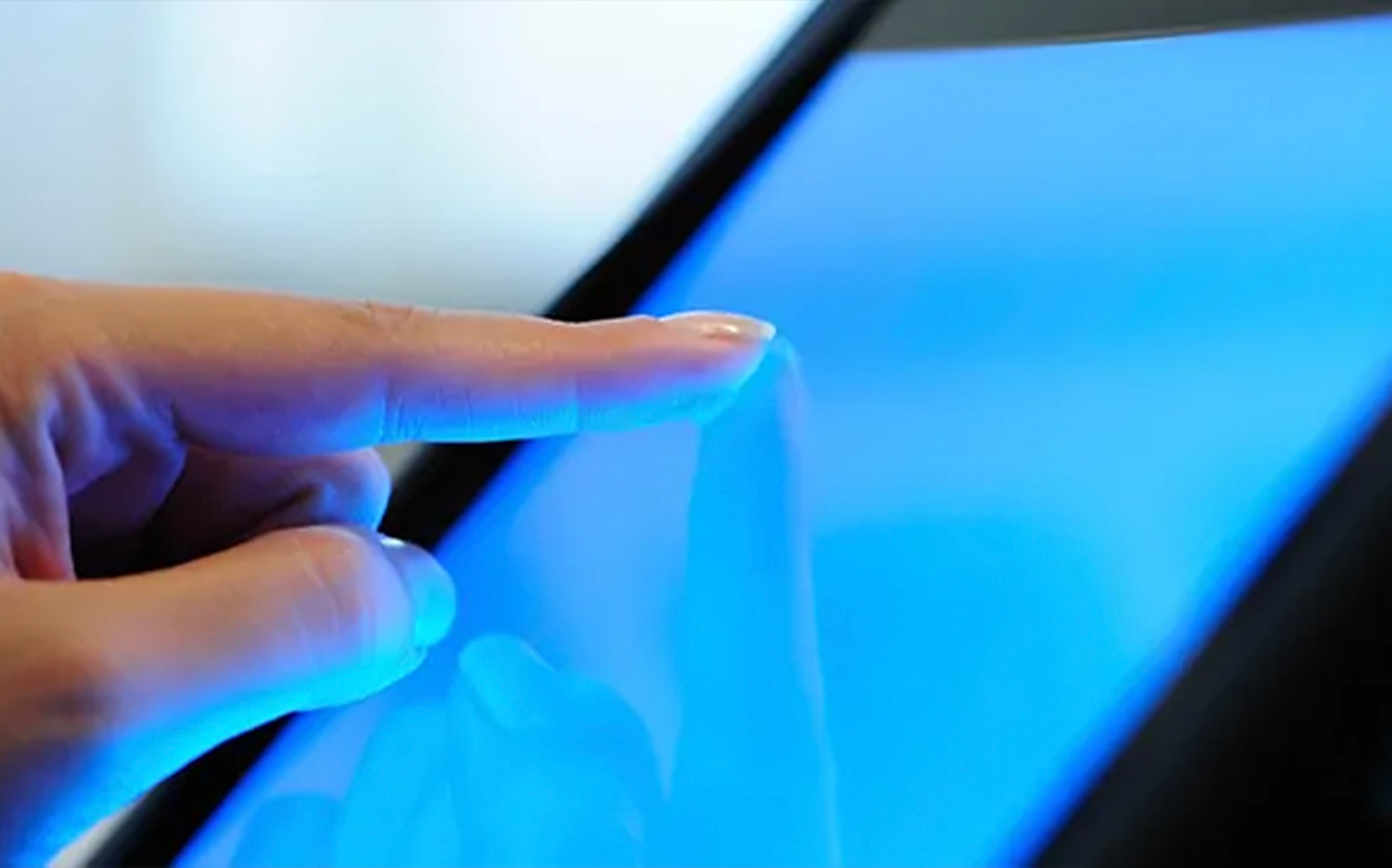Touchscreen is something that is gradually making it’s way into studios around the world. But is it really going to help improve workflow or is it a novelty that will quickly wear off? In this article I will highlight the pros and cons that I have experienced when using touchscreen in the studio environment.
Pros
1 – Touchscreen can improve workflow. There are a few tasks that become quite a bit quicker than using a mouse and keyboard. One noticeable task for me was anything that involved hitting a button such as mute solo.
2 – Multi touch. Using a mouse you have one single point to click. With touchscreen you have multiple points of touch. This means you are able to for instance control multiple fader volumes at once.
3 – Laptop touchscreen. Having touchscreen on a laptop is great. Not only for music production but for also tasks that require a natural touch, such as signing a document. In a situation where you don’t have a midi keyboard with you such as being on the go. You can use the synthesizer keyboard relatively effectively with touchscreen.
Cons
1 – Touchscreen positioning. More often than not a touchscreen is relatively horizontal and results in you needing to lean over the screen or desk to see what you are doing. This results in your head being out of the sweet spot. If however you were to position your touchscreen vertical where you would a standard screen at arms length away from you. You will quickly find your arms get tired and wrist aches. The best position for a touchscreen device is horizontal at around a 30 degree angle off the desk directly in front of you.
2 – Touch. In order to use a touchscreen you are required to look at what you are touching. For instance faders have no feel, you need to look at what you want to touch to ensure you are touching the right fader. The feel is awkward and quickly becomes easier to just use a mouse or even invest in a DAW controller.
3 – Fiddly using smaller buttons. We all have this idea that when using touchscreen on a computer we’ll have this amazing hands on experience with our favourite synthsizers and plugins. The problem is these plugins and synthesizers aren’t made for touchscreen use, which means some knobs and buttons are small and fiddly. Apps on the other hand are optimised for use with touchscreens and have larger buttons and knobs for easy use.
4 – DAW control. Daw control using a mouse and keyboard in the hands of someone who uses the DAW daily is a breeze and can be lighting fast. Using touchscreen on the other hand is slow and many of the shortcuts that make using a mouse and keyboard so fast don’t work.
Conclusion
In conclusion touchscreen is something that will quickly loose it’s appeal and you’ll find yourself using it less and less. Mouse and keyboard is just so much quicker. This is just my opinion, but a valid opinion from someone who has used touchscreen in the studio for many years. It does have it’s good points but if all you have is touchscreen and no mouse and keyboard, you’ll quickly notice it’s halting your productivity. What I prefer is to have the option if needed. My primary source of control with my studio is a SSL Nucleus DAW controller. This gives me all the hands on control I need of my DAW. Then to make workflow quicker I will always have a mouse and keyboard. Some tasks such as using UAD’s console 2 software work great on touchscreen and I will happily use the console 2 software with touchscreen. In my opinion don’t bother with touchscreen. Invest in a DAW controller instead.

